
How Long Does It Take to Learn UI/UX Design?
Mar 06, 2025 5 Min Read 7798 Views
(Last Updated)
Are you fascinated by UI/UX design, imagining yourself creating visually stunning and user-friendly digital experiences? But there’s a catch, isn’t there? You’re probably contemplating, “How long does it take to learn UI/UX design?” The answer isn’t as straightforward as you might hope, but it’s certainly enlightening.
Getting into UI/UX design is not just about learning a set of skills; it’s about immersing yourself in a field that’s constantly evolving. You’re not just learning to design; you’re learning to think like a designer. That requires time, commitment, and a deep understanding of both the principles of design and the needs of users.
In this blog, we will guide you through the four core areas that determine the time it will take for you to transition from a curious learner to a proficient UI/UX designer. Whether you’re starting from scratch or have some background in design, this understanding will help you map out your learning journey effectively.
Table of contents
- How Long Does It Take to Learn UI/UX Design: 4 Key Factors to Consider
- Previous Experience in Learning UI/UX Design
- Learning Methods in UI/UX Design
- Commitment Level in Learning UI/UX Design
- Practical Application in Learning UI/UX Design
- Additional Considerations in Learning UI/UX Design
- Personal learning style
- Access to resources
- Adaptability to feedback
- Wrapping up
- FAQs
- Does age matter when learning UI/UX design?
- Can I switch to a UI/UX design career from a different field?
- Can I balance a full-time job while learning UI/UX design?
- How beneficial is networking for a career in UI/UX design?
- Are there specific industries where UI/UX designers are in high demand?
How Long Does It Take to Learn UI/UX Design: 4 Key Factors to Consider
Determining how long it takes to learn UI/UX design greatly depends on the following factors that influence your learning journey. Let’s dissect these areas one by one:
1. Previous Experience in Learning UI/UX Design
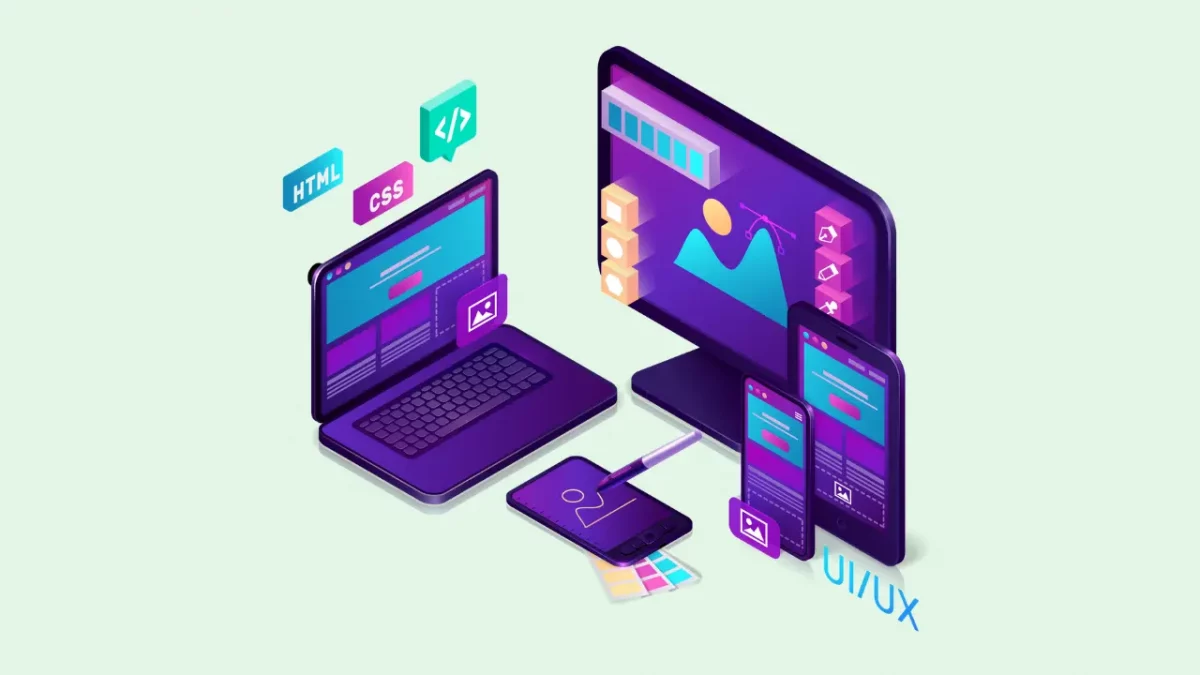
If you come from a design background:
If you have a graphic or web design background, you will find it easier to transition into UI/UX design.
Your familiarity with design principles such as balance, contrast, and hierarchy will make learning UI/UX designing easier. If you also have experience with design software like Adobe Photoshop or Illustrator, it will help you master UI tools like Sketch or Figma.
For instance, as a graphic designer, you already understand color theory and typography, so you can focus more on learning UX principles like user research and wireframing instead of starting from the basics.
If you come from a non-design background:
If you belong to non-design disciplines, such as engineering or humanities, you might not have prior exposure to design principles or software.
As a result, you will need to invest time in understanding foundational design concepts, which can initially seem abstract or non-intuitive.
You also need to familiarize yourself with design tools from scratch. For example, as an engineer, you might be adept at logical thinking and problem-solving, but you may need to develop an eye for aesthetic details and learn tools like Adobe XD from the ground up.
If you are a completely new learner:
Without any prior exposure to design or related fields, you need to grasp the basics of both UI (like visual design, typography, layout) and UX (such as user empathy, research, and testing).
This dual learning path makes your journey longer and potentially more complex. For instance, with no background in design or tech, you can start learning what UI/UX design is, understand basic design principles, and then gradually move on to more complex topics like user research methodologies and prototyping.
2. Learning Methods in UI/UX Design
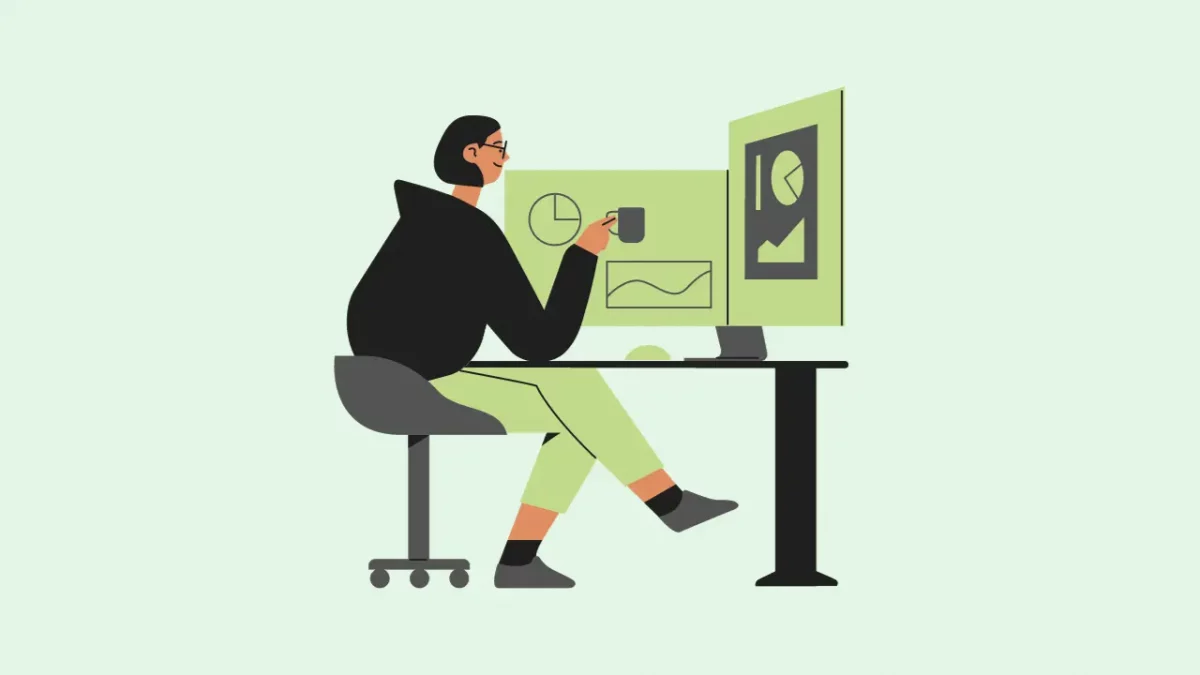
Intensive Bootcamp
Bootcamps are short-term, intensive training programs. They range from a few weeks to several months and are designed to deliver a lot of information in a condensed format.
These programs are fast-paced and require a high level of dedication. They’re suitable for you if you can commit full-time or have the capacity to absorb information quickly.
As a graduate from boot camps, you can emerge with a good grasp of UI and UX principles and practical skills, ready to take on junior roles in the industry.
For example, a 12-week boot camp might cover everything from basic design principles to advanced UX research methods, requiring you to work on projects and assignments almost daily.
Self-paced online courses
These courses offer the flexibility to learn at your own pace, making them ideal for you if you have other commitments like a job or family.
The time it takes to become proficient highly depends on your dedication and consistency. Self-paced learning requires self-motivation and discipline.
They are mostly short-term courses focusing on individual aspects of UI/UX design at a time. For example, you can check out GUVI’s self-paced course on Figma, UI Fundamentals, and Design Guidelines.
Formal education
Pursuing degree programs in graphic design, interaction design, or digital media design can take several years (typically 2-4 years for undergraduate programs).
They offer a thorough and broad education in design, covering theory, history, practical skills, and more. These programs have a slower pace than boot camps and are more structured, often including lectures, projects, and internships.
As a graduate, you will have a well-rounded understanding of design principles and a more in-depth exploration of UI/UX.
3. Commitment Level in Learning UI/UX Design
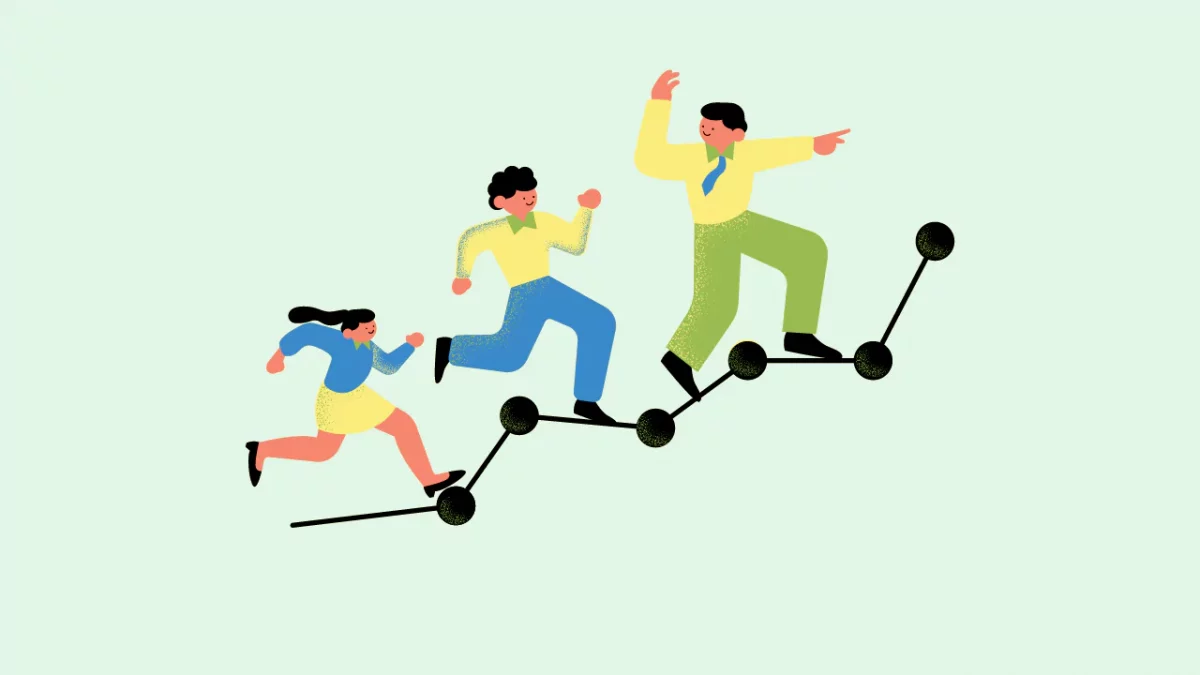
Full-time learning
The level of commitment directly influences how long it takes to learn UI/UX design. It’s like immersing yourself in a new language. This method can drastically reduce the time to proficiency.
Full-time commitment is typical in intensive boot camps or university degree programs. In this scenario, you might reach entry-level UI/UX design proficiency in as little as 3-6 months.
It requires a significant time commitment and focus, often demanding you to set aside other major activities or jobs.
Part-time learning
Many aspiring designers opt for part-time learning, especially those balancing other responsibilities like work or family. This approach typically extends the learning period as you can devote only a few hours each week.
For instance, as a part-time learner, spending 10-15 hours a week might take around 1-2 years to achieve a level of proficiency comparable to a full-time learner.
However, this method offers a more relaxed pace and the ability to apply learning in real-time, which is especially beneficial if you are a working professional.
Occasional learning
If learning UI/UX design is sporadic and you need a consistent schedule, it can significantly lengthen the time to become proficient. The lack of regular practice and engagement can lead to gaps in understanding and skill retention.
Engaging in occasional weekend UI UX workshops or sporadic online courses might take several years to build a solid UI/UX design foundation.
You should aim for at least a semi-regular learning schedule that can help maintain continuity and growth.
4. Practical Application in Learning UI/UX Design
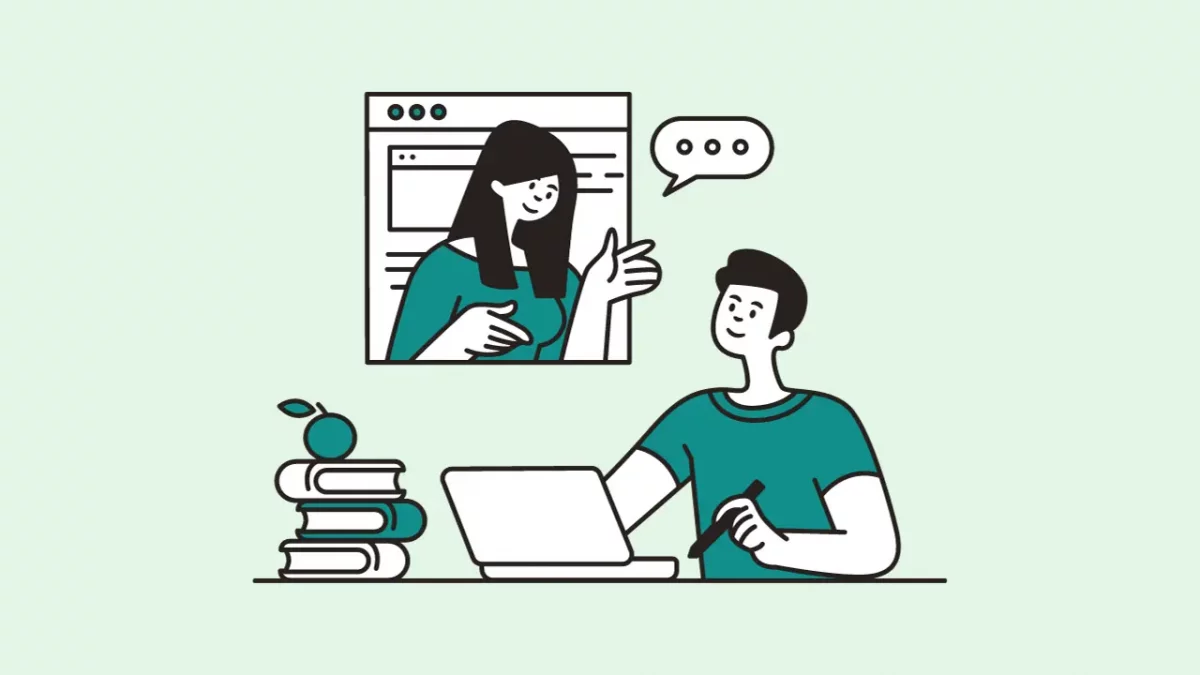
Regular project work
Regular project work significantly enhances practical skills, whether through real-life assignments, internships, or simulated projects. This hands-on approach allows you to apply theoretical knowledge in realistic scenarios, often speeding up becoming proficient.
Participating in design sprints, contributing to open-source projects, or working on personal design projects are effective ways to gain practical experience.
Regular project work can substantially reduce the time it takes to learn UI/UX design by providing valuable, real-world experience.
Limited practical work
Focusing predominantly on theoretical learning, with minimal practical application, can slow your journey to becoming a competent UI/UX designer.
If you lack practical experience, understanding how design principles are applied in real-world scenarios often takes longer, which is crucial for job readiness.
Incorporating at least some form of practical work, such as small design challenges or case studies, can help you bridge the gap between theory and practice.
Balancing theory and practice
A balanced learning approach that combines theoretical knowledge with practical application is often the most efficient and effective. This approach ensures that you can immediately put into practice what you have learned, reinforcing theoretical concepts and honing practical skills simultaneously.
After learning a new design concept or tool, applying it in a project or exercise helps you solidify your understanding and skill. This method can also significantly shorten the learning process, as it aligns with how you continuously learn and evolve in the field.
Additional Considerations in Learning UI/UX Design
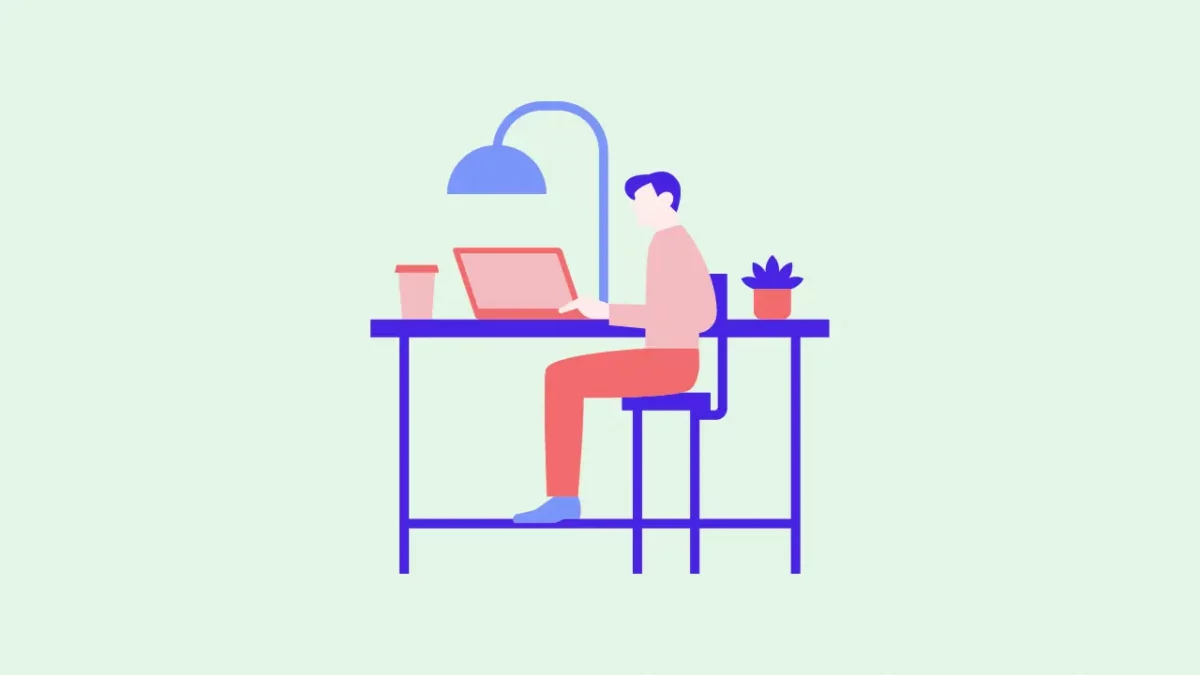
Personal learning style
The pace at which you learn UI/UX design depends on your inherent learning style. Some individuals have a natural affinity for visual and interactive concepts, which can expedite their learning process.
For instance, a visual learner might quickly grasp user interface design principles, while an analytical thinker may excel in understanding user experience methodologies.
Depending on your innate abilities and learning preferences, the time to become proficient in UI/UX design can vary significantly.
Access to resources
The availability and quality of learning resources, such as online tutorials, design courses, and books, significantly impact how long does it takes to learn UI/UX design.
Access to mentorship from experienced designers and support from design communities can greatly accelerate learning. These resources provide practical insights, feedback, and guidance invaluable for your growth.
For example, joining design forums, attending webinars, and participating in design challenges can provide exposure and learning opportunities beyond traditional courses.
Adaptability to feedback
An essential aspect of learning UI/UX design is the ability to adapt and iterate based on feedback. This skill not only improves design quality but also enhances your learning speed.
If you quickly internalize constructive criticism and modify your designs accordingly, you can progress faster in your UI/UX design journey.
In a professional setting, adaptability to feedback is crucial. Therefore, cultivating this skill early on can shorten your learning curve and prepare you for real-world challenges.
GUVI’s UI UX Design Course is one such option. It’s a 3-month program with weekend classes, providing a balanced structure to accommodate your busy schedule. The program emphasizes practical UI/UX design skills, which suits you if you have some foundational knowledge and seek to deepen your expertise.
Also, if you want to explore Figma through a self-paced course, try GUVI’s Design Guidelines using Figma certification course
Wrapping up
Determining how long it takes to learn UI/UX design hinges on your unique journey. It’s a blend of your background, learning style, commitment, and application of knowledge.
Just remember that this field thrives on continuous learning and adaptation. As you begin or continue your UI/UX journey, get used to the process with patience and persistence, knowing that every step you take is a valuable addition to your design proficiency.
Your dedication to mastering UI/UX design will ultimately define your path and the time it takes to reach your goals. If you find this article helpful, read about eight effective ways to learn UI/UX design in 2024.
FAQs
Age is not a barrier to mastering UI/UX design. If you are interested and willing to learn, you can step into this dynamic field.
Yes, many people successfully transition to UI/UX design from different fields by acquiring the necessary skills through education and practical experience.
Yes, many people balance full-time jobs with learning UI/UX design by enrolling in part-time courses or self-paced online programs.
Networking is highly beneficial in UI/UX design. It can lead to mentorship opportunities, project collaborations, and insights into industry trends and job openings.
UI/UX designers are in high demand across many industries, mainly in the tech, eCommerce, healthcare, and finance sectors, due to the increasing focus on user experience.















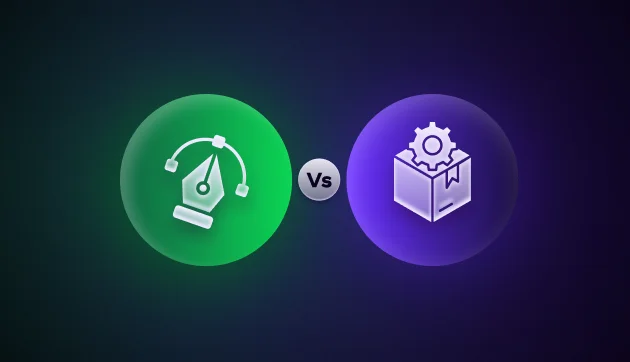



Did you enjoy this article?